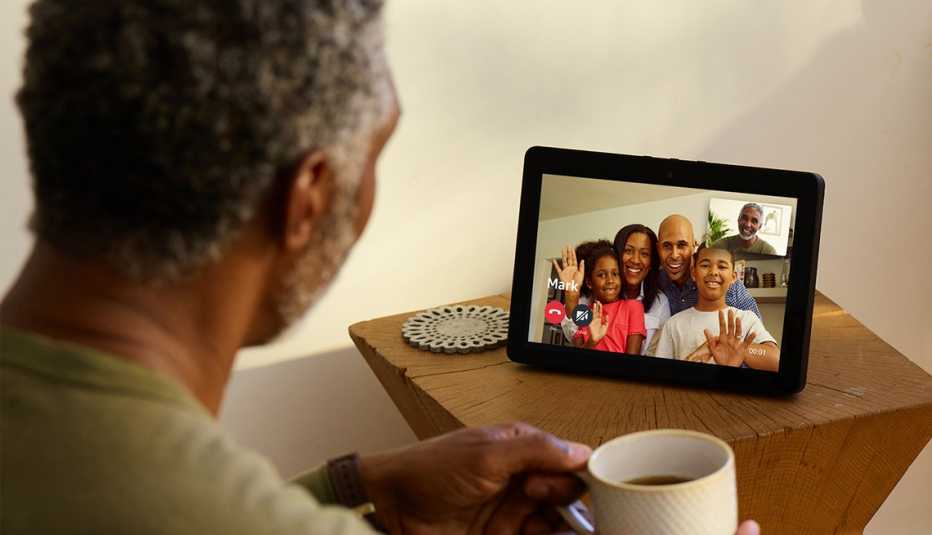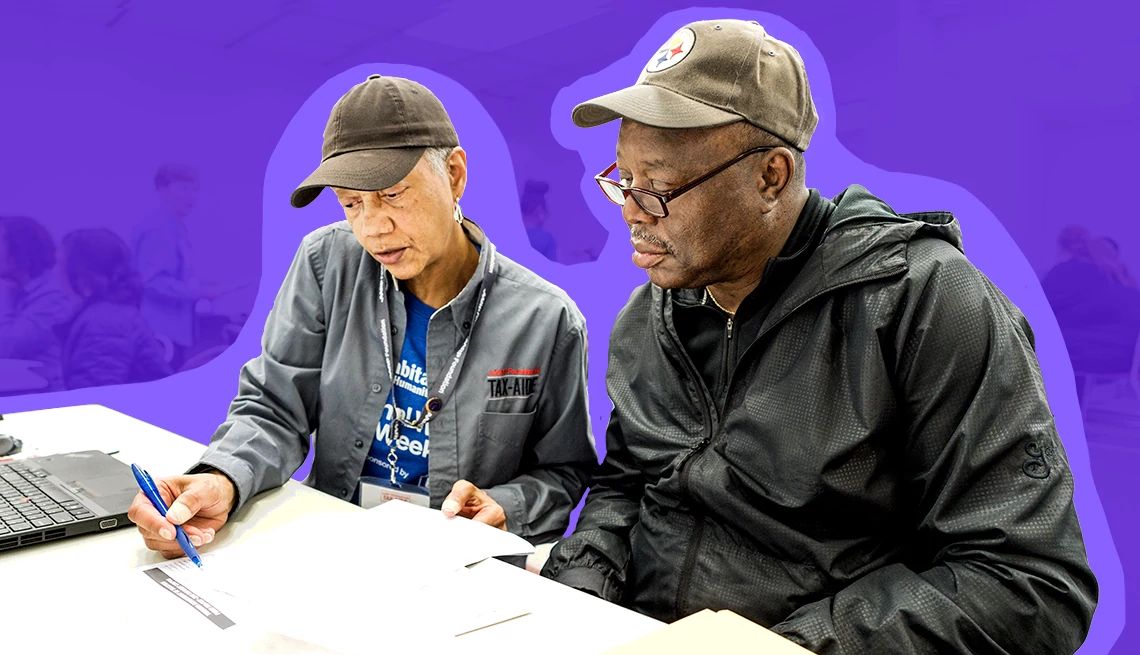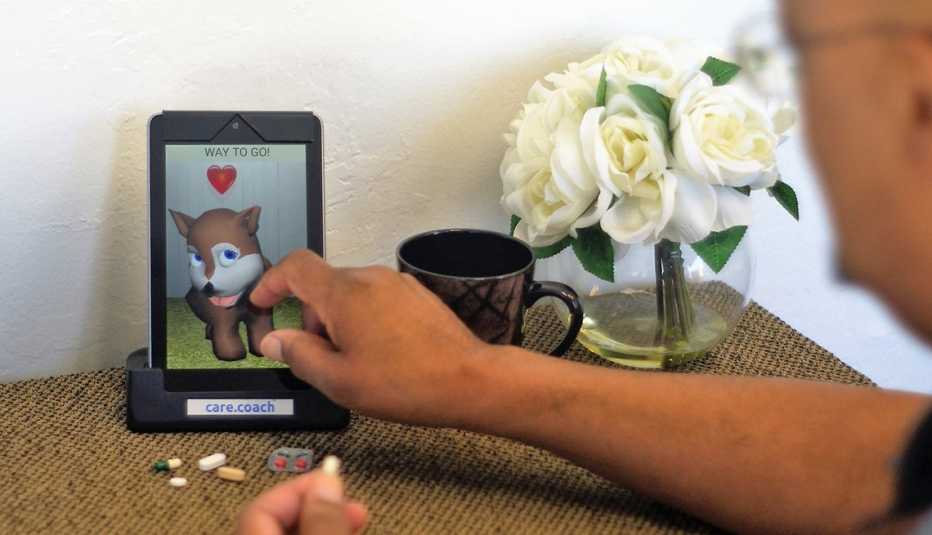Staying Fit


Smart speakers, robot pets and animal avatars are just a few of the new tools now available — thanks to ever-evolving technology — that help combat loneliness for caregivers and their loved ones.
Research has shown, again and again, that social isolation is a huge health risk for older adults and their caregivers. People who are lonely or socially isolated are more likely to have a heart attack or stroke, to develop type 2 diabetes and to experience cognitive decline. And they’re twice as likely to die prematurely.


AARP Membership— $12 for your first year when you sign up for Automatic Renewal
Get instant access to members-only products and hundreds of discounts, a free second membership, and a subscription to AARP the Magazine.
The best cure for loneliness, of course, is being around other people, but maintaining those connections gets more challenging as you age. Spouses and friends pass away, and physical challenges can make it difficult to leave the house. Younger family members may live across the country or be busy with jobs and children. Caregivers, meanwhile, are often so busy with the demands of caring for a loved one that they may neglect their own relationships.
“In the old days, grandma moved in with the family, and she would have company 24 hours a day,” says Joseph Kvedar, M.D., author of The New Mobile Age: How Technology Will Extend the Healthspan and Optimize the Lifespan. “Now that we don’t do that anymore, we need to find a way to fill the gap, and technology can help with that.”
While nothing has been invented that can replace live human companionship, a growing number of technologies and tools aim to combat social isolation, engage those over 65 and ease the burden on caregivers.
Here are a few technologies that caregiving and senior advocates are particularly excited about:


Hasbro Joy For All robotic pet
Plenty of research shows that playing with a pooch or petting a purring kitty brings owners (both young and old) plenty of joy, but many older adults are unable to care for a real pet. These furry robotic pets (above) (joyforall.com, $99-119) are designed to provide the same kind of comfort, companionship and fun as the real-life dogs and cats they mimic. They have realistic fur and a vibrating heartbeat, and they respond to being petted, talked to and hugged much like their live counterparts. If you pet the cat’s cheek, for example, it will nuzzle its head into your hand and give a lifelike purr. Keep petting, and it may roll onto its back for a tummy rub. The pup barks and cocks its head in your direction when you speak. Caregivers report that the pets bring happiness and comfort to older adults, especially those with memory deficits. “You know it’s a toy, but it’s just interactive enough that it fools your brain into caring for it,” Kvedar says. “My colleague gave one to an elderly family member, and she just loved having it as a companion when her family couldn’t be there.”


































































More From AARP
How to Make a Home Safe for Your Aging Parent
Small changes — and big ones, too — can be put in place to accommodate your loved one